Our spring roster of trips is now ready! Current Hanover Conservancy members will receive a colorful announcement shortly. Come explore with us! Our trips are free and open to all.
Follow the link below for a list of our upcoming trips.
Our spring roster of trips is now ready! Current Hanover Conservancy members will receive a colorful announcement shortly. Come explore with us! Our trips are free and open to all.
Follow the link below for a list of our upcoming trips.
Our deer permit application for the 2022 hunting season at Balch Hill is now open! Please follow the link below to our deer permit application, thank you!
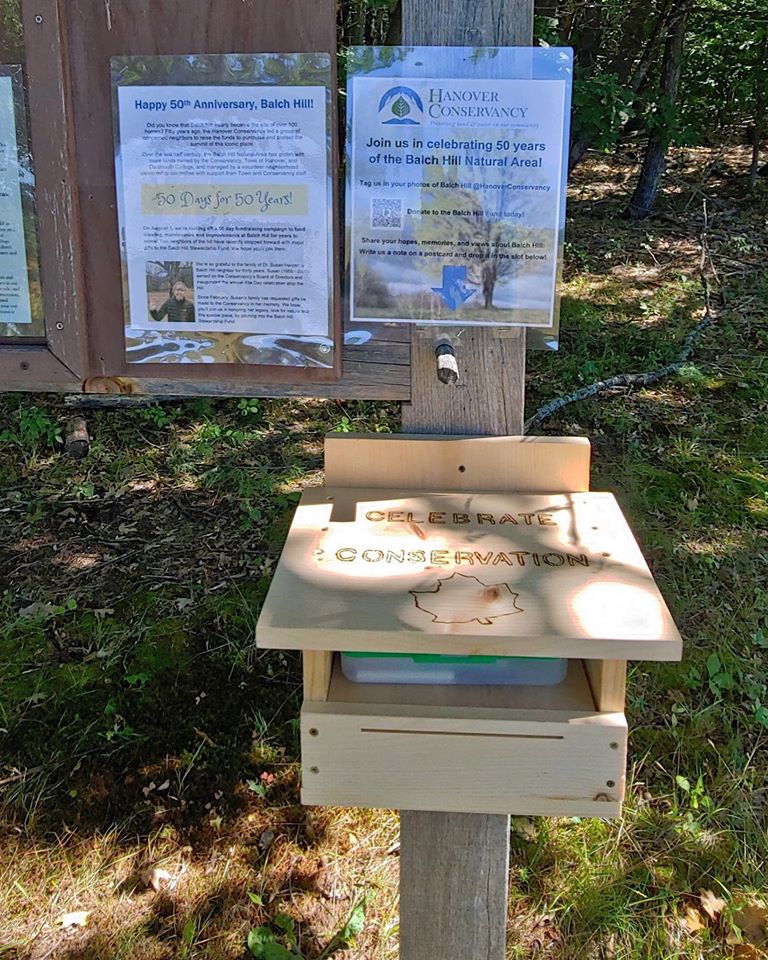 This fun mailbox on the summit of Balch Hill is filled with pens and postcards so visitors can write a note with their favorite memories of this natural area, whose summit we protected 50 years ago.
This fun mailbox on the summit of Balch Hill is filled with pens and postcards so visitors can write a note with their favorite memories of this natural area, whose summit we protected 50 years ago.
Some notes so far: “I am 7 1/2 years old and my Dad brought me here today for the first time! Thank you for keeping this place open. I love the butterflies.”
“This hike is magical. I do it weekly. We are privileged to life in such a beautiful place as this.”
“In honor of Dr. Susan Harper; a mentor and beautiful spirit whose legacy will flourish in the Upper Valley forever.” For more about Susan, visit the News page of our website.
 miles on East Wheelock Street, up a long hill to the junction of Grasse and Trescott Roads.
miles on East Wheelock Street, up a long hill to the junction of Grasse and Trescott Roads. rs indicate total number of plants in the fenced plots where deer cannot enter to browse, while red bars indicate the number of plants in the unfenced plots. In 2012, before the fencing went up, both plots had nearly the same number of plants. Contrast that to 2015! The largest change is in the number of wildflowers, especially Canada mayflower.
rs indicate total number of plants in the fenced plots where deer cannot enter to browse, while red bars indicate the number of plants in the unfenced plots. In 2012, before the fencing went up, both plots had nearly the same number of plants. Contrast that to 2015! The largest change is in the number of wildflowers, especially Canada mayflower.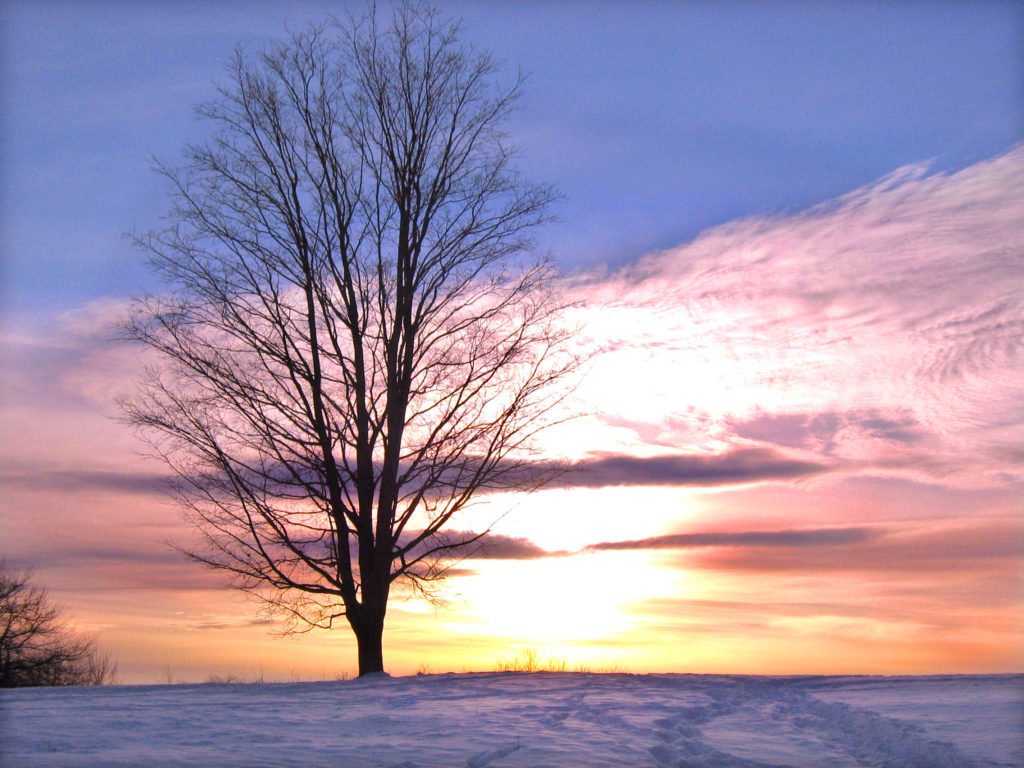
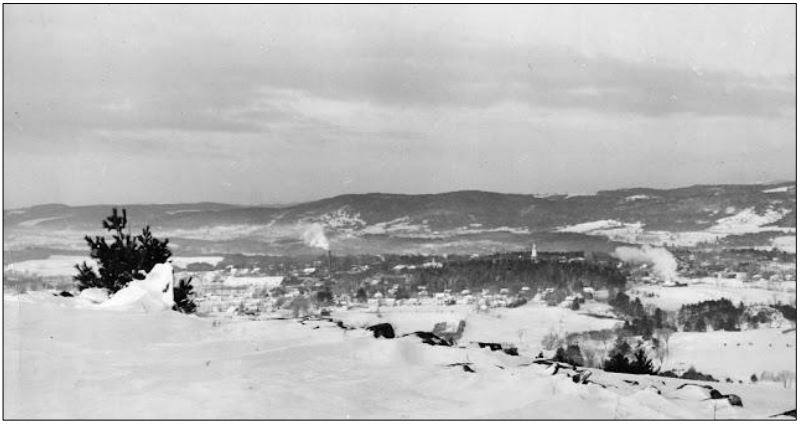
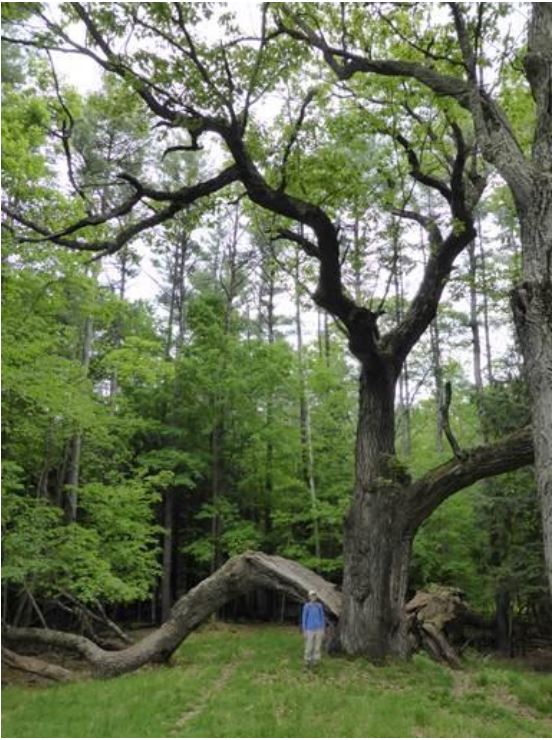 Head back up the Maple and Fire Trails to the summit. Pass the kiosk and nearby bench, and head down to the right toward the Hemlock Trail sign. You’ll soon come to the remains of an enormous old oak tree, its split trunk and massive limbs now draped across the landscape, having lost their battle with gravity and time. The trail actually passes under the fallen trunk. Here’s what it looked like in 2014 (right).
Head back up the Maple and Fire Trails to the summit. Pass the kiosk and nearby bench, and head down to the right toward the Hemlock Trail sign. You’ll soon come to the remains of an enormous old oak tree, its split trunk and massive limbs now draped across the landscape, having lost their battle with gravity and time. The trail actually passes under the fallen trunk. Here’s what it looked like in 2014 (right).The volunteer Balch Hill Stewardship Committee cares for this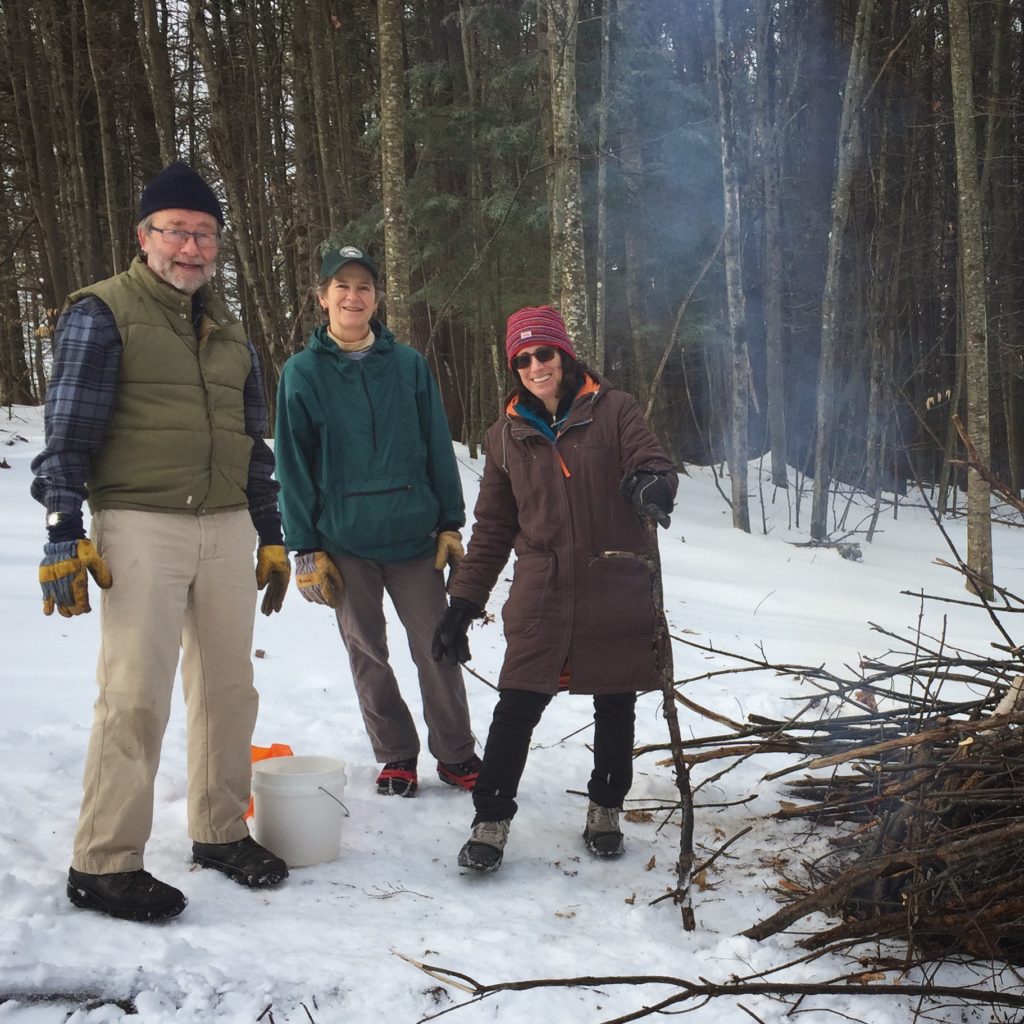 place and always welcomes help. Contact us if you’d like to get involved! We welcome contributions to the Balch Hill Stewardship Fund to help with the costs of annual mowing, vegetation management, and trail improvements.
place and always welcomes help. Contact us if you’d like to get involved! We welcome contributions to the Balch Hill Stewardship Fund to help with the costs of annual mowing, vegetation management, and trail improvements.
December 2016, updated September 2020
 Earth Day reminds us to be grateful for Susan Harper, a dedicated volunteer and Secretary of our Board of Directors from 2003-2008, who recently passed away. She really made things happen in Hanover, especially at the Balch Hill Natural Area, where she started the wonderful tradition of Kite Day, when families enjoy the views and spring breezes on the open summit. Susan’s family has asked that gifts in her memory be made to the Conservancy; we are dedicating them to the Balch Hill Stewardship Fund in her name.
Earth Day reminds us to be grateful for Susan Harper, a dedicated volunteer and Secretary of our Board of Directors from 2003-2008, who recently passed away. She really made things happen in Hanover, especially at the Balch Hill Natural Area, where she started the wonderful tradition of Kite Day, when families enjoy the views and spring breezes on the open summit. Susan’s family has asked that gifts in her memory be made to the Conservancy; we are dedicating them to the Balch Hill Stewardship Fund in her name.
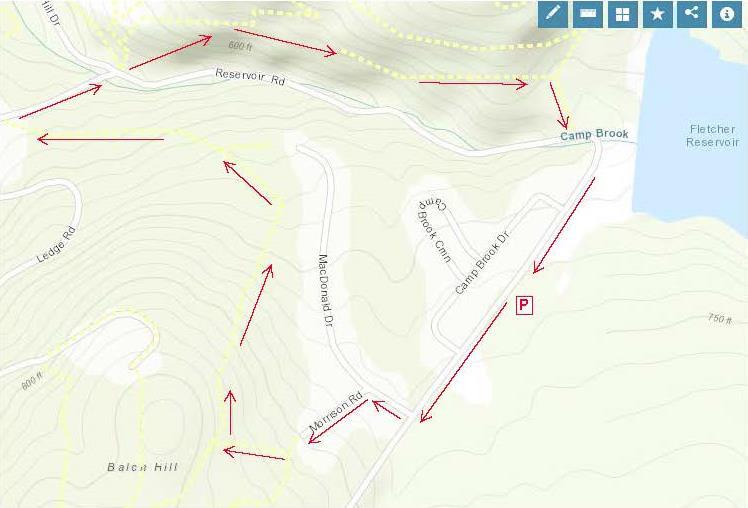 Driving Directions
Driving Directions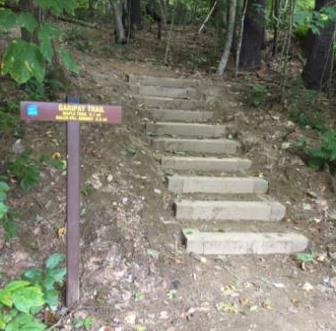 You can thank the Upper Valley Trails Alliance’s High School Trail Corps and the Hanover Conservation Commission for the friendly steps at the trail entrance. Built in 2019 on Grasse Rd Homeowners’ Assoc. land, they lend easy access to the Balch Hill Natural Area trail system.
You can thank the Upper Valley Trails Alliance’s High School Trail Corps and the Hanover Conservation Commission for the friendly steps at the trail entrance. Built in 2019 on Grasse Rd Homeowners’ Assoc. land, they lend easy access to the Balch Hill Natural Area trail system.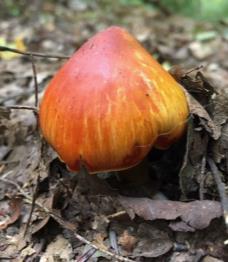
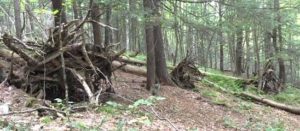 The entire E side of Balch Hill suffered blowdowns from the Patriot’s Day Windstorm in 2007. At one point on the Maple Trail, you’ll see the “undersides” of 5 downed trees in a row, with their boles all pointing W away from the source of that wind. Eventually, the root masses will melt back into the landscape, leaving the “mound and pit” (sometimes called “pillow and cradle”) micro-topography typical of wind-influenced forests.
The entire E side of Balch Hill suffered blowdowns from the Patriot’s Day Windstorm in 2007. At one point on the Maple Trail, you’ll see the “undersides” of 5 downed trees in a row, with their boles all pointing W away from the source of that wind. Eventually, the root masses will melt back into the landscape, leaving the “mound and pit” (sometimes called “pillow and cradle”) micro-topography typical of wind-influenced forests.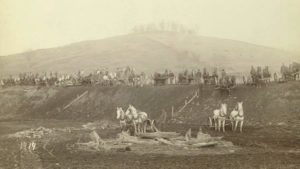 A small footbridge leads over the natural channel of Camp Brook, nearly dry at this season, and soon you pop out on Reservoir Rd just as it curves into Grasse Rd. The Fletcher Dam looms above at L. Constructed in 1893, this is the first of two dams built on Camp Brook to provide safe drinking (and fire-fighting!) water to downtown Hanover and Dartmouth College. This image shows the many teams of horses and men employed in building the dam. We aren’t certain, but we believe that the white horses in the foreground are standing on what would eventually be flooded land behind the dam, and that the hill in the background topped by the tuft of trees is Balch Hill.
A small footbridge leads over the natural channel of Camp Brook, nearly dry at this season, and soon you pop out on Reservoir Rd just as it curves into Grasse Rd. The Fletcher Dam looms above at L. Constructed in 1893, this is the first of two dams built on Camp Brook to provide safe drinking (and fire-fighting!) water to downtown Hanover and Dartmouth College. This image shows the many teams of horses and men employed in building the dam. We aren’t certain, but we believe that the white horses in the foreground are standing on what would eventually be flooded land behind the dam, and that the hill in the background topped by the tuft of trees is Balch Hill.This Hanover Hike of the Month has been generously sponsored by
October 2019